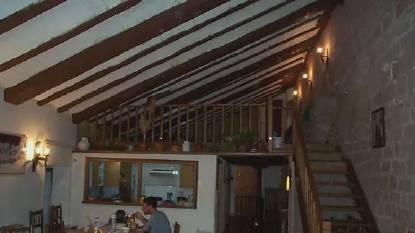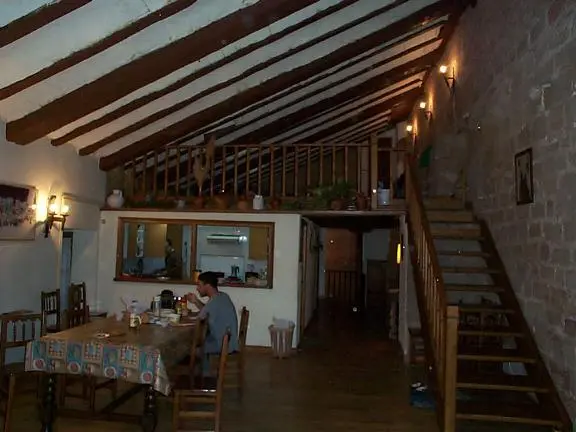
Camino Francés: Navarrete to Grañón - Stage 9
Posted: | Updated:
Reading time: 11 minutes
Camino Francés: Navarrete to Grañón - Stage 9
Posted: | Updated:
Reading time: 11 minutes
By: Simon Kemp, Editor
This stage from Navarrete to Grañón is one of the options you can choose when walking the Camino Francés from Logroño as it break up the journey so you can take your pilgrimage in smaller chunks, depending on your fitness and stamina levels
Navarrete to Grañón Camino Route Map
Departure Point: Navarrete
Navarrete, nestled in the enchanting La Rioja wine region of northern Spain, is a captivating town that blends winemaking heritage, historical allure, and breathtaking landscapes.
Location and History
Nestled amidst picturesque vineyards and rolling hills, Navarrete offers a scenic backdrop for wine enthusiasts and nature lovers. With roots dating back to the Middle Ages, the town has been a pivotal player in the region’s winemaking legacy. Its historic center showcases the town’s medieval past, with narrow winding streets, well-preserved stone buildings, and architectural treasures that transport visitors to a bygone era.
Points of Interest
Navarrete boasts captivating landmarks that highlight its rich historical and cultural significance. The Church of the Assumption, an exquisite example of Gothic architecture from the 16th century, stands as an impressive testament to the town’s past. Its intricate stone carvings and splendid interior mesmerize visitors. Nearby, the Pilgrim’s Fountain serves as a tranquil spot where weary pilgrims on the Camino de Santiago can pause and reflect.
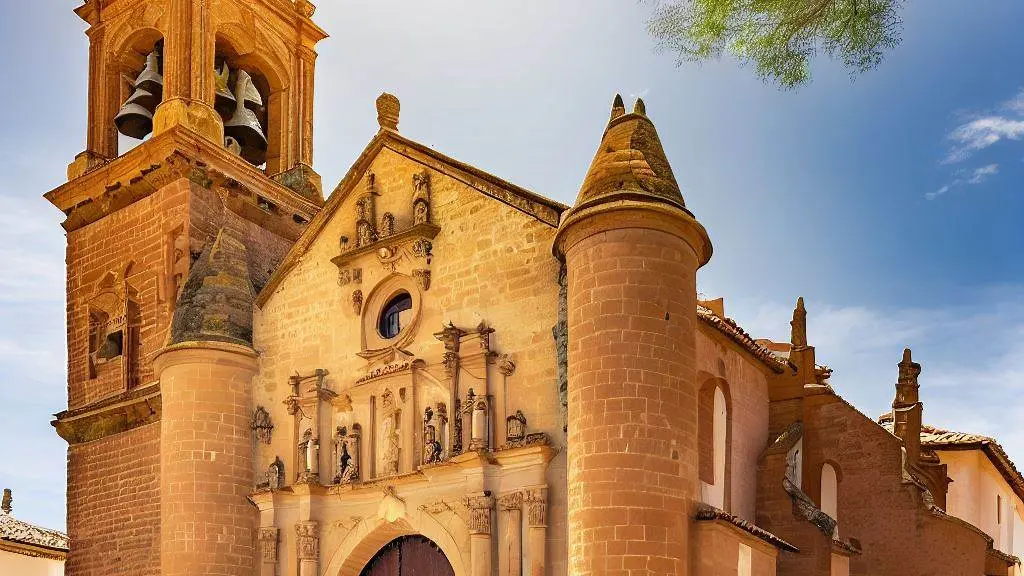
Winemaking Heritage
Deeply rooted in La Rioja’s winemaking heritage, Navarrete beckons wine aficionados to explore its bodegas, where world-renowned Rioja wines are crafted. Visitors can indulge in delightful wine tastings that showcase the region’s exceptional vintages. The Wine Museum offers a fascinating journey through the history and techniques of winemaking, providing insights into the artistry behind the production of these renowned wines.
Natural Surroundings
Surrounded by lush vineyards and captivating landscapes, Navarrete offers a gateway to natural wonders. Outdoor enthusiasts can partake in scenic hikes or bike rides through the vineyard-laden countryside, immersing themselves in the beauty of the region. The nearby Sierra de Cantabria mountain range presents thrilling hiking trails and panoramic views, while the serene Ebro River invites relaxation and leisurely walks along its shores.
Camino-related Services
As a significant stop on the Camino de Santiago pilgrimage route, Navarrete caters to the needs of pilgrims with a range of services and amenities. Accommodation options include comfortable hostels and guesthouses. Restaurants and cafes offer nourishing meals and local delicacies, replenishing the energy of weary travelers. Shops provide supplies and pilgrim mementos to commemorate the journey, while support services ensure a smooth pilgrimage experience.
Conclusion
Navarrete, a captivating town nestled in La Rioja’s wine region, invites visitors to immerse themselves in its winemaking heritage, historical charm, and awe-inspiring landscapes. Whether you’re a wine enthusiast, a history buff, or a pilgrim on the Camino de Santiago, Navarrete promises an unforgettable experience that captures the essence of this remarkable region in northern Spain.
Camino Francés Diary: Route segment: 9
Thursday 5th October 2000
Having stayed the night at Navarrete and lost touch with Carlos etc, I want to catch up and meet them again. They have probably stayed at Nájera and will be walking to Santo Domingo de la Calzada so I plan to catch a bus to there. I ask the girl in the bar next door what time the buses are and she tells me there is one in about ten minutes but that I have to be standing at a certain spot and I have to wave down the bus.
She says that there is a pottery just behind the spot I need to be. But this town is full of potteries as this is its major industry and I am standing there wondering why every bus I wave down does not stop. There is a bus a quarter mile down the road sitting there with its hazard lights on. It eventually dawns on me that I am standing in the wrong spot but of course as I get close to the bus it pulls away and having sat there for a while the bus driver is not going to stop for me so there goes another bus.
I stand at the right place for another half hour waving at passing buses but no way are they going to stop for me today. There must be a special wave or they just don’t like pilgrims but I am going to have to think again. There is a hotel nearby and I figure that a taxi is an expensive option. The taxi does the journey very quickly and the driver seems to be from the Michael Schumacher school of driving and overtakes everything in front of him at speed.
I reach Santo Domingo De La Calzada and pay the taxi driver. This one was not as friendly as the first one so I do not shake hands with him. It is only 11:30 and the refuge is closed. I go to a cafe and have several grande café con leche’s then go back to the refuge, which is now open. But I am distracted and I have forgotten my walking stick. I go back to the cafe but there is no sign of it. I go to the refuge to see if it is there but there is no sign of it there either. It has gone for good. I liked that stick and it saved me many times on the road from slipping on to my backpack or worse. Of course I could have just gone and bought another one but I felt that I should not do so since I didn’t deserve it after losing the first one. I never get around to buying a new stick and from this point onward do not really feel the need for one.
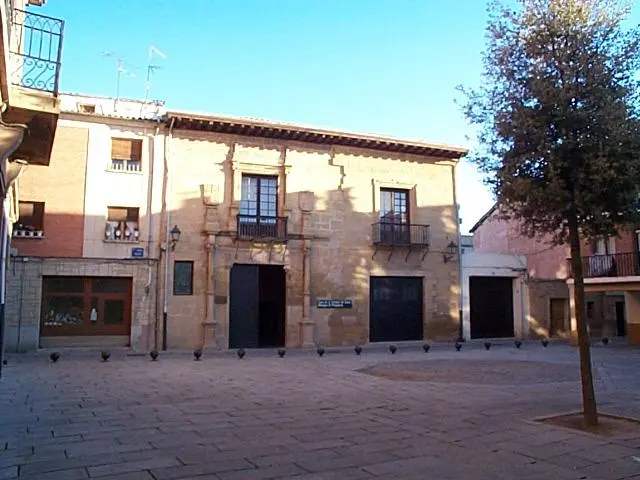
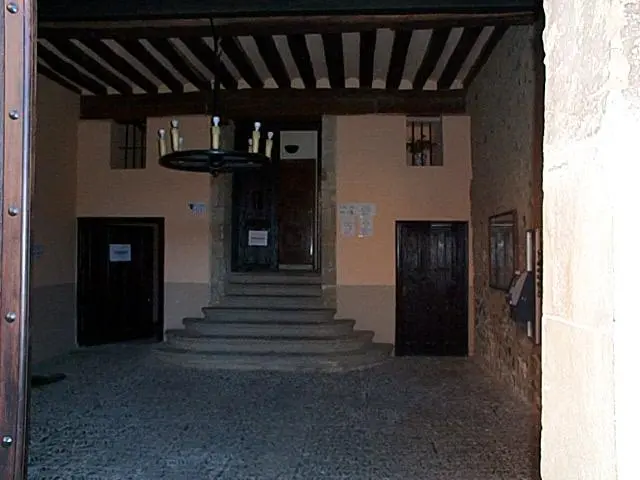
It as at this point that I decide that this place is not good for me and I go to find a decent map like the ones I have seen Lisa use. There is a bookshop in the town and they have one in German, which is OK as the maps are still readable. I decide that the next best place to go is Grañón. I assume that when I get there, no one else I know is likely to be there but I will be proved pleasantly wrong.
On the way out of the town there is a bridge. It is supposed to be over the river Ebro but there is no river to be seen. I took some photographs but I seem to have lost them so cannot show you. The village of Grañón is not very far away but my leg is getting painful again and I get slower and slower. What I need right now is some medical personnel and who should just turn up at that point but an Australian Nurse! “Simone”. She gives me some painkillers and offers to help me with my pack. But her pack is just as heavy so she carries some other items for me all the way to Grañón.
It does not look a very promising place and the refuge is difficult to find. Eventually we find it is inside a church and the notice is inside a doorway that you have to be standing inside to see. I suppose a local could have told us where it was but anyway we found it in the end.
We go to a cafe and have a coffee and Simone says that she is not going to stop here. Somehow we get to discussing wet weather gear and she admits that she does not have any. I have a poncho that I have been wearing from time to time but I get very hot wearing it and I give it to her and she comments “well now we’re cooking with gas !” She seems to be grateful. She wants to pay me something for it but I offer it as a gift. We say goodbye. I will meet her again in San Juan De Ortega.
I go back to the refuge and who should turn up but Thierry! I am glad to see him and immediately feel that this place is not going to be so bad after all. The people running the refuge are there to renovate the church and they are about to have their mid-day meal. They ask us to sit down and offer us a share of their meal. Afterwards they also announce that they are going to give us an evening meal and also breakfast tomorrow. Wow! What hospitality. I like this place.
Thierry and I get to talking and have a fairly good heart to heart about all sorts of things. He tells me more about his home life in Canada and eventually gets out some photographs he has of his brother and also his girlfriend. He is missing them both. I don’t recall anyone ever showing me photographs of their loved ones before and I take it as a sign that walking the Camino is having a beneficial effect on my character, making me a little more approachable than I used to be.
At the evening meal, there is a real life priest sitting next to me. He looks a bit like the “Million Dollar Man” and is an
impressive sight. When you get the passport stamped, they ask you when you expect to reach Santiago De Compostela. It seems that the priest prays every day for the people who have stayed at the refuge to have a safe journey, until the date they have given.
There are no beds in this place, just simple mattresses on the floor. They look uncomfortable but when I lie on one they are actually very comfortable indeed. The roof is very low here and the mattresses are closer together now, as several more people have turned up. Here are some photographs of the refuge at Grañón:
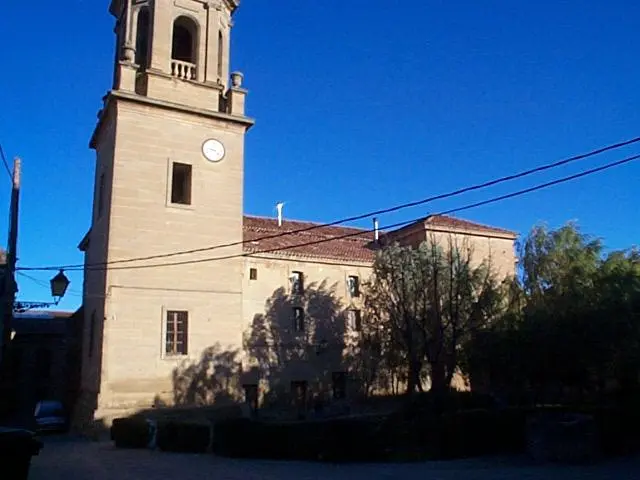
Thierry is one of those lucky people that can eat and eat and eat and not put on any weight. He can put away an amazing amount of food at meal times and I often find it amusing just to watch him and see when he will stop. It is dangerous for me to be near him then as I have a tendency to eat to keep him company and it’s not helping my diet any.
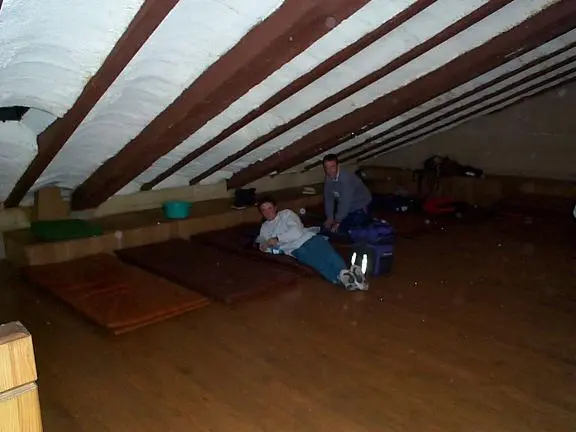
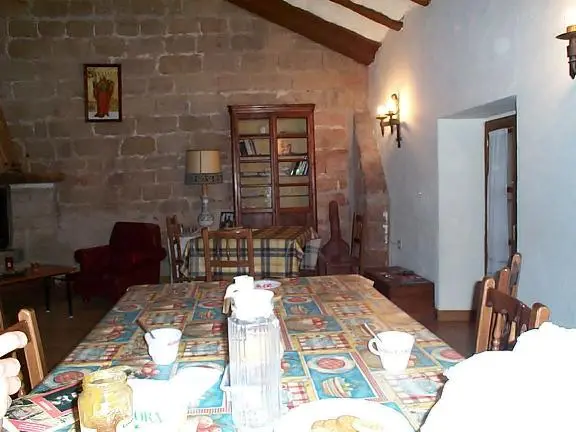
Destination: Grañón
Grañón is a captivating town located in the La Rioja region of northern Spain. Known for its rich history, tranquil atmosphere, and warm hospitality, it offers a serene escape for visitors seeking an authentic Spanish experience.
Location and History
Nestled amidst rolling hills and expansive fields, Grañón enjoys a picturesque setting in the heart of the Camino de Santiago pilgrimage route. Its origins date back to the 12th century when it served as an important stop for pilgrims on their way to Santiago de Compostela. Today, it continues to welcome weary travelers, providing a peaceful respite along their journey.
Points of Interest
Grañón may be a small town, but it is brimming with points of interest that showcase its historical significance. The Church of San Juan Bautista, a Romanesque gem dating back to the 13th century, stands as a prominent landmark. Its ancient stone walls and intricate carvings transport visitors to a bygone era. The town’s Plaza Mayor, a charming square adorned with traditional architecture, invites visitors to relax and soak in the tranquil ambiance.
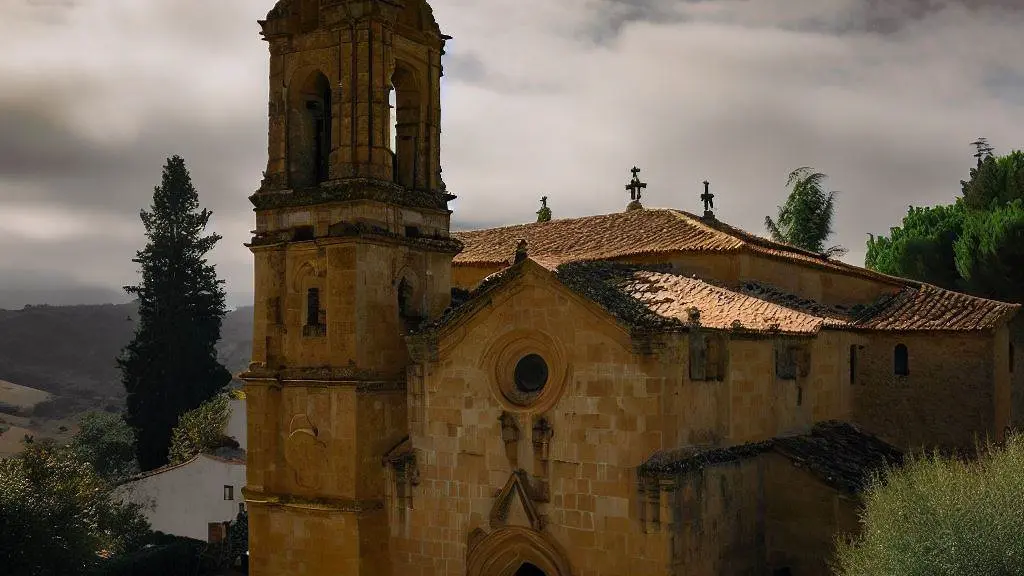
Pilgrim Hospitality
Grañón is renowned for its unique pilgrim hospitality. The town’s Municipal Albergue, a traditional pilgrim hostel, offers a warm welcome to weary travelers along the Camino de Santiago. Here, pilgrims find not just a place to rest but also a communal atmosphere where they can share stories, forge connections, and experience the camaraderie of the pilgrimage journey. The spirit of hospitality extends beyond the hostel, with local residents often opening their homes to pilgrims for a truly authentic experience.
Natural Beauty
Surrounded by unspoiled countryside, Grañón is a haven for nature enthusiasts. The vast fields and gentle hills that envelop the town invite visitors to embark on leisurely walks, taking in the serene beauty of the landscape. The nearby Sierra de la Demanda mountain range offers more adventurous opportunities for hiking and exploration, rewarding visitors with breathtaking views and a sense of tranquility.
Local Festivals and Traditions
Grañón celebrates its rich cultural heritage through various festivals and traditions. One notable event is the Fiesta de los Danzadores, a unique dance festival held in honor of the town’s patron saint, San Juan Bautista. Locals don traditional costumes and perform intricate dances, keeping alive age-old traditions that have been passed down through generations. The festival is a vibrant celebration of the town’s identity and community spirit.
Conclusion
Grañón, with its rich history, warm hospitality, and stunning natural surroundings, offers a captivating experience for visitors. Whether you are a pilgrim seeking respite along the Camino de Santiago or a traveler looking to immerse yourself in a tranquil Spanish town, Grañón welcomes you with open arms. Discover the town’s historical treasures, embrace the genuine pilgrim hospitality, and bask in the beauty of the surrounding countryside. Grañón promises an authentic and memorable experience that will leave a lasting impression.
